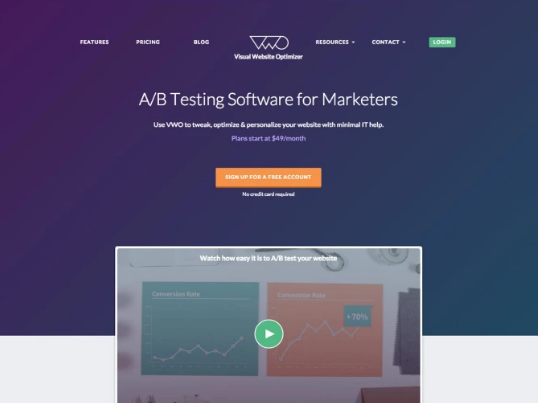
Responsive web designs
Within the early times of Responsive Net types, webpages were designed to target a certain display screen dimensions. If your user had a bigger or smaller display screen when compared to the designer anticipated success ranged from unwanted scrollbars to overly very long line lengths, and bad utilization of Place. As more varied display measurements grew to become accessible, the principle of responsive Website design (RWD) appeared, a list of techniques that allows web pages to change their structure and physical appearance to match unique monitor widths, resolutions, etcetera. It's an idea that changed the way we style for any multi-unit World wide web, and in the following paragraphs, we'll enable you to recognize the leading tactics you need to know to learn see this it.
For excellent Responsive Web design Click the link : https://cutt.ly/sri0c06
Versatile structure in advance of responsive layout

A number of techniques had been created to test to solve the downsides in the liquid or preset-width methods of constructing Sites.
In 2004 Cameron Adams wrote a post entitled Resolution dependent layout, describing a method of creating a style which could adapt to diverse monitor resolutions.
This strategy essential JavaScript to detect the monitor resolution and load the correct CSS.
Historic Web-site layouts

At just one point in background you had two possibilities when coming up with a web site:
- You can produce a liquid web site, which would stretch to fill the browser window
- or even a mounted width internet site, which would be a fixed dimension in pixels.
These two approaches tended to bring about a web site that seemed its ideal about the monitor of the person planning the site!
The liquid web-site resulted inside a squashed style on more compact screens
Responsive style and design
The phrase responsive design was coined by Ethan Marcotte in 2010 and explained the use of a few strategies together.
- The primary was the idea of fluid grids, a thing which was previously becoming explored by Gillenwater
- and might be examine up on in Marcotte's post, Fluid Grids (released in 2009 on A List Apart).
- The next method was the concept of fluid images. Utilizing a quite simple technique of environment theÂ
max-width residence toÂa hundred%, photos would scale down scaled-down if their made up of column became narrower as opposed to graphic's intrinsic size, but never expand much larger. - This allows a picture to scale all the way down to slot in a flexibly-sized column, rather than overflow it
- although not grow bigger and grow to be pixellated When the column will become broader when compared to the graphic.
- The 3rd essential part was the media query. Media Queries enable the sort of format switch that Cameron Adams experienced Beforehand explored working with JavaScript, working with only CSS. In lieu of obtaining one particular layout for all monitor measurements, the layout can be adjusted. Sidebars may be repositioned for your smaller display screen, or alternate navigation could possibly be exhibited.